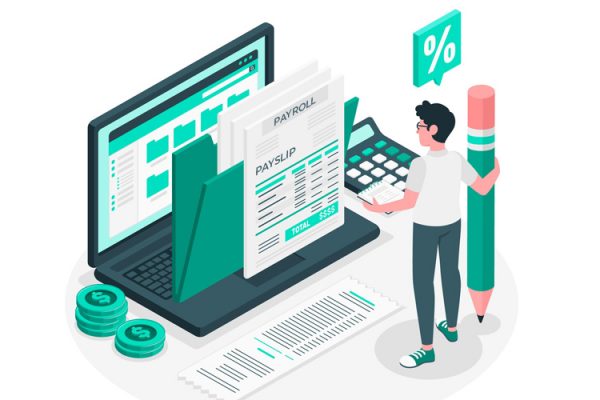Payroll has come a long way from the days of manually entering data into spreadsheets and crunching numbers with a calculator at the end of each month. Today, with automated payroll accounting systems on the rise, businesses are processing salaries, taxes, EPF, SOCSO, and even leave deductions with just a few clicks. It’s fast, it’s efficient—and it seems like the future of finance.
But there’s a flip side. As businesses increasingly rely on automation, some professionals are beginning to ask: Has payroll accounting become too rigid? Are we losing the human element that once allowed for flexibility, context, and case-by-case judgment? Or is this new rigidity exactly what we need to ensure accuracy and compliance in an ever-complicated financial world?
The Case for Automation: Why Accuracy Matters More Than Ever
Let’s start with the obvious: payroll is not something you want to get wrong. Mistakes in payslips, missed tax deductions, or inaccurate overtime payments don’t just frustrate employees—they can lead to serious penalties, audit flags, and damage to your reputation.
That’s where automated payroll accounting really shines:
- Precision in Calculations
Automation removes human error from the equation. Calculating EPF contributions, SOCSO deductions, and income tax based on Malaysian labour laws becomes straightforward and error-free (as long as the rules are updated in the system). - On-Time Salary Payments
With automation, payment schedules are locked in. Employees get paid on time, every time—no last-minute scrambling. - Audit Trails and Record-Keeping
Every transaction is logged, timestamped, and archived. If the tax office comes knocking, everything is right there, clearly documented. - Regulatory Compliance
Automated payroll systems are often updated with the latest legal requirements, which reduces the chance of falling out of compliance, especially for SMEs without in-house HR experts.
Basically, automation creates consistency. And in payroll, consistency equals trust.
But What About Flexibility?
Now here’s where things get a little more nuanced.
Payroll accounting may be accurate with automation, but it can also feel a little… cold. What happens when a unique situation arises that doesn’t fit neatly into the software’s rules?
Let’s say:
- An employee negotiates a one-time bonus that’s outside your standard structure.
- You need to retroactively adjust a payslip due to a miscommunication.
- A long-serving team member receives a flexible benefit or allowance arrangement.
In many cases, rigid payroll systems struggle with these “non-standard” scenarios. Either the admin has to find clunky workarounds, or there’s a risk of over-automating and losing the nuance altogether.
Plus, if you’re running a smaller business, where relationships matter, and flexibility is part of your company culture, an overly rigid system might feel like a bad fit. Some employers want the freedom to handle edge cases manually, like adjusting salaries based on performance, giving ad hoc rewards, or accommodating unique leave scenarios.
Striking the Balance: Can We Have Both?
The real question isn’t whether automation is good or bad—it’s how we use it.
You don’t want to be so rigid that every exception becomes a headache. But you also don’t want a system so manual that errors and delays become the norm.
Here are a few tips for striking the right balance:
- Choose software with override options. Some payroll accounting systems allow manual entries or adjustments on top of automation. That’s ideal for one-off scenarios.
- Use templates for flexibility. Set up multiple payroll rules for different employee categories so you’re not stuck with a one-size-fits-all model.
- Train your team. Payroll staff should understand both the technical side of the software and the human context of the workforce. That way, they can manage exceptions more effectively.
- Keep a feedback loop. Listen to employees if they find the system too rigid or impersonal. Sometimes, small tweaks to the way payroll is handled can make a big difference in morale.
Final Thoughts
It depends on how you use it.
If you lean too hard into automation without space for human judgment, yes—it can feel rigid. But when implemented thoughtfully, payroll automation becomes a strategic asset. It ensures accuracy, saves time, boosts compliance, and frees up your team to focus on what really matters: supporting people and growing your business.
So, is automation the villain here? Not at all.
It’s a powerful tool—but like any tool, it needs skilled hands and the right mindset behind it. The smartest businesses are the ones that pair cutting-edge technology with empathy, flexibility, and good old-fashioned common sense.
Because at the end of the day, payroll isn’t just about numbers—it’s about people.














Comments